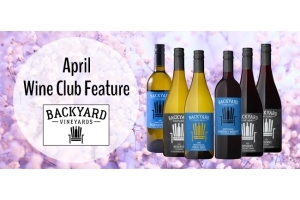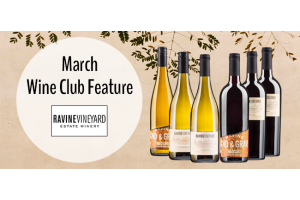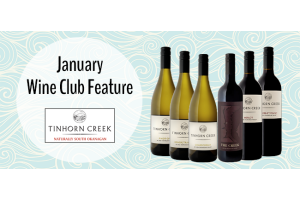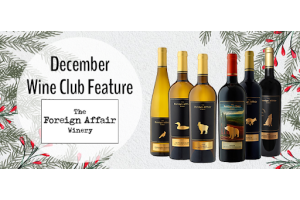Wine 101: Roll Out The Barrel

If you’ve ever visited a winery, you’ll know there’s plenty of farm equipment on hand: tanks, hoses, tractors, boots, sinks, and so forth. But the one component you won’t find on many other farms is barrels.
In many red wines, as well as a decent number of whites, aging in barrels is a pivotal part of the process. Aging a wine in barrels impacts the flavour, tannin, colour and even texture of a wine.
But wineries don’t just use any old barrels. Barrels used in wineries are typically made of oak in shops called cooperages. And while you’ll find the occasional Slovenian or Hungarian oak barrels, for the most part oak barrels come from two countries: France or the United States.
Generally speaking, French oak barrels are thought to produce slightly more subtle flavours, whereas American oak barrels are slightly more aggressive in imparting vanilla, spice, smoke and tarry notes in a wine.
The intensity of oak’s flavours, however, relies as much on what is done to the barrel as it does the barrel’s origin. First off, producers need to decide whether they want to use new oak barrels (more expensive, but big flavour) or re-use a previous year’s barrel (cheaper, less intense oak flavours).
Once an oak barrel is used, its flavours become increasingly neutral after every year of use until, after a half-decade or so, they’re not imparting flavour so much as just hangin’ out, holdin’ wine. Producers tend to use oak barrels more than once, as they’re not cheap (typically hundreds of dollars per barrel or more), so a barrel that was new and was used for the top wine last vintage will go to a mid-range wine.
The size of a barrel can also affect the intensity with which it gives off oaky characteristics. Smaller barrels such as the 225-litre barrique or 300-litre hogshead will impact a wine far more than if it’s in, say, a German stücke (1,200 litres) or Italian botte (16,000 litres).
New barrels are toasted on the inside; winemakers specify what level of “toasting” they want based on how they would like the wine to taste. A heavy toast will impart more intense smoky flavours, while a lighter toast keeps things a bit more mellow.
There are cheaper alternatives to oak barrels. Oak staves or planks, oak chips or oak powder can be added to a wine to impart somewhat-oaky flavours. But none of these impart as natural a flavour as a good old-fashioned oak barrel.
Looking to try some solid Canadian barrel-aged reds? Check out the Black Widow Hourglass single-vineyard, Bordeaux-style blend, the Laughing Stock Portfolio, the Painted Rock Estate Grown Red Icon, the Creekside Estate Reserve Merlot or the Road 13 Jackpot Syrah.
Ben MacPhee-Sigurdson paid his way through school hucking cases at wine shops. He’s now the weekly wine columnist for the Winnipeg Free Press, and judges at wine competitions across the country. He Tweets & Instagrams @bensigurdson.





